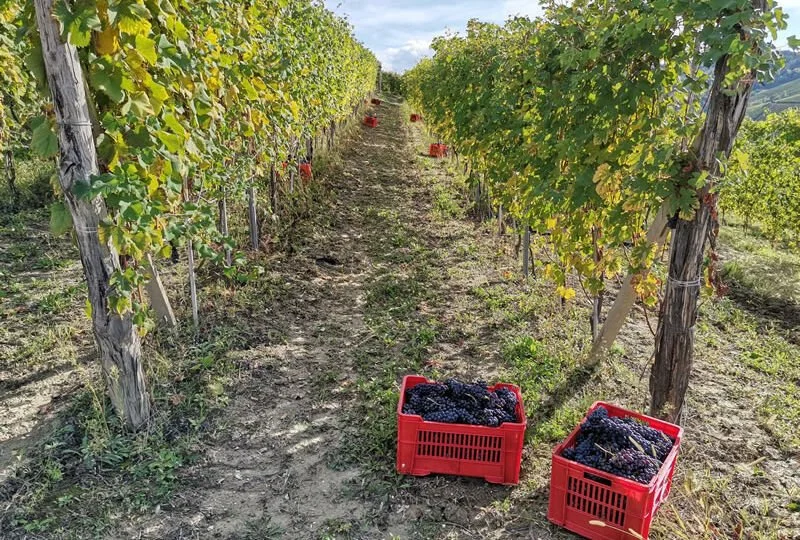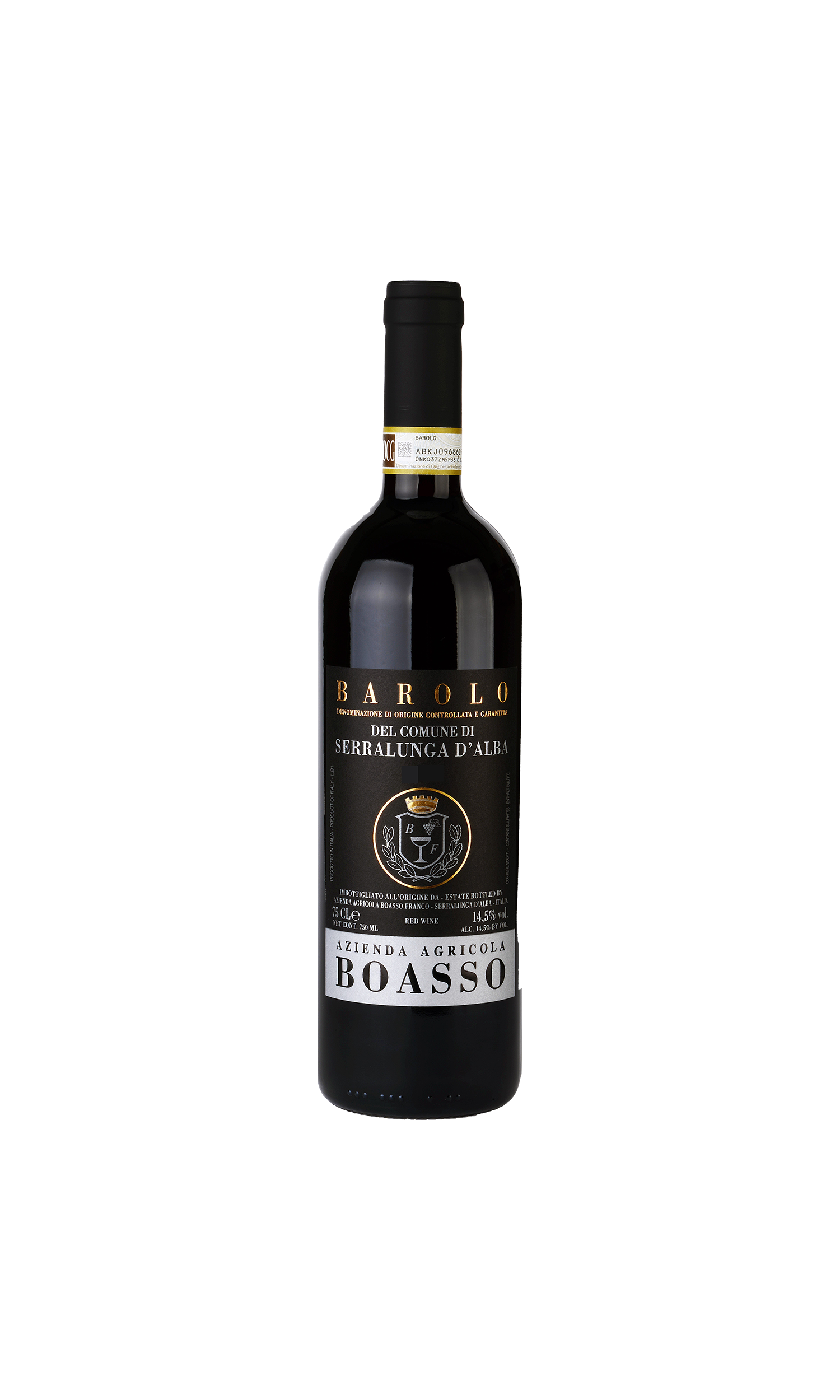Boasso Franco
Embodiment of Serralunga
“Franco (Boasso) has for some years been one of the best wine producers in the Serralunga area. His wines faithfully reflect the terroir and are based on traditional techniques with long maceration periods and the use of large Slavonian oak barrels”. Bibenda – The Italian Sommeliers Association
The next time you’re in vicino of Serralunga, please make time to call at this lovely little operation in the very backblocks of the comune. The old man, Franco, might be pottering around, and son Ezio will bolt (he is interested in vines and wine only), but the other son, Claudio, will take you through a charming and simple tasting. The place, the setting and the wines themselves will take you back at least a decade or two; the prices too. Patron Franco intends exactly all of this. A very interesting feature here is that the varietals are afforded equal importance. You’ll see what I mean.
The Boasso Style
These are tannic; there’s no other way to put it. If you want to show what traditionally made, flawless and totally terroir-driven Serralunga looks, smells and feels like, these are it. They do take a bit of air to crack open, but the rewards are probably exactly what you imagine of the ideal Serralunga. Graphite, smoke, maybe some darker cherry, porcini, liquorice and pepper. Black tea tannins and up-acidity see the wines out. All varieties (well the reds anyway) are Serralunga first.
Vineyards
The Boasso family collection of Serralunga vineyards reads pretty well. All wines come from a series of plots in either Gabutti itself, where home is, and 10 contiguous plots adjoin the Cappellano holdings, from Margheria, where two plots lie immediately below Massolino’s, or from Meriame, Le Turne and Cerrati, which provide some Nebbiolo but are mostly the source of the brilliant Dolcetto, Barbera and the delicious Moscato. Their portion of Lazzarito, from which Claudio says they will release a Cru in 2020, lies immediately below Vietti’s larger parcel of this famed Cru. Serralunga's personality shows in all these wines.
Winemaking
-Hand harvested and sorted
-Soft grape treading and destemming
-Fermented in stainless steel tanks at a controlled temperature (maximum 27 degrees)
-The wine is pumped over every 6 hours for the first 3-4 days, then twice a day
-Malolactic fermentation takes place in stainless steel
Dolcetto d’Alba
-Fermented in stainless steel in contact with skins for 7 days
-Aged in stainless steel for 4 months
Barbera d’Alba
-Fermented in stainless steel in contact with skins for 15 days
-Aged in oak barrels for 4 months and 8 months in steel
Langhe Nebbiolo
-Fermented in stainless steel in contact with skins for 12-15 days
-Aged in 20-25hl oak barrels for 6 months and 2 months in steel
Barolo Serralunga d’Alba
-Fermented in stainless steel in contact with skins for 15-20 days
-Aged in 20-year-old 25hl Slavonian oak barrels for 30 months
-Aged for a few months in stainless before further ageing in bottle
Barolo Margheria
-Fermented in stainless steel in contact with skins for 15-20 days
-Submerged-cap fermentation for a further 15 days
-Aged for 36 months in 15-year old 20 hl Slavonian oak barrels
Barolo Gabutti
-Fermented in stainless steel in contact with skins for 15-20 days
-Submerged-cap fermentation for a further 12-15 days
-Aged for 36 months in new, 10-hectolitre oak barrels
| Wine | Region/ Comune | Varieties | Soil Type | Altitude |
|---|---|---|---|---|
| Dolcetto d'Alba | Serralunga d’Alba | Dolcetto | Calcerous and Clay | 320-390 |
| Barbera d'Alba | Serralunga d’Alba | Barbera | Calcerous and Clay | 300-390 |
| Langhe Nebbiolo | Serralunga d’Alba | Nebbiolo | Clay | 350 |
| Barolo Serralunga d'Alba | Serralunga d’Alba, Lazzarito, Cerrati, Meriame and Prabon. | Nebbiolo | Calcerous and Clay | 300-390 |
| Barolo Margheria | Serralunga d’Alba, Margheria | Nebbiolo | Clayey with Tufaceous Marl | 300 |
| Barolo Gabutti | Serralunga d’Alba, Gabutti | Nebbiolo | Calcerous | 350 |






